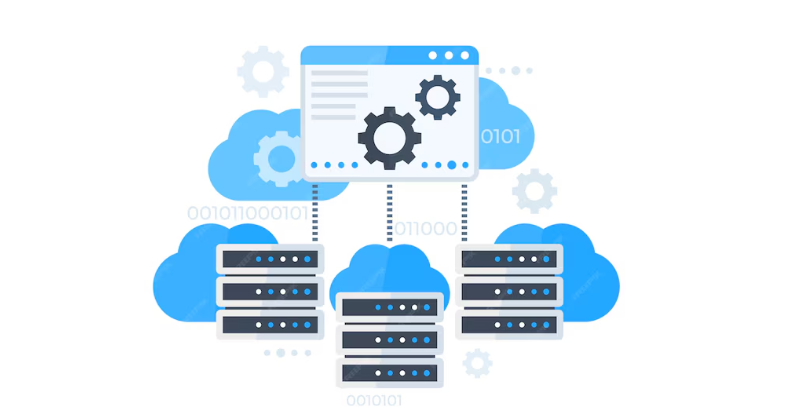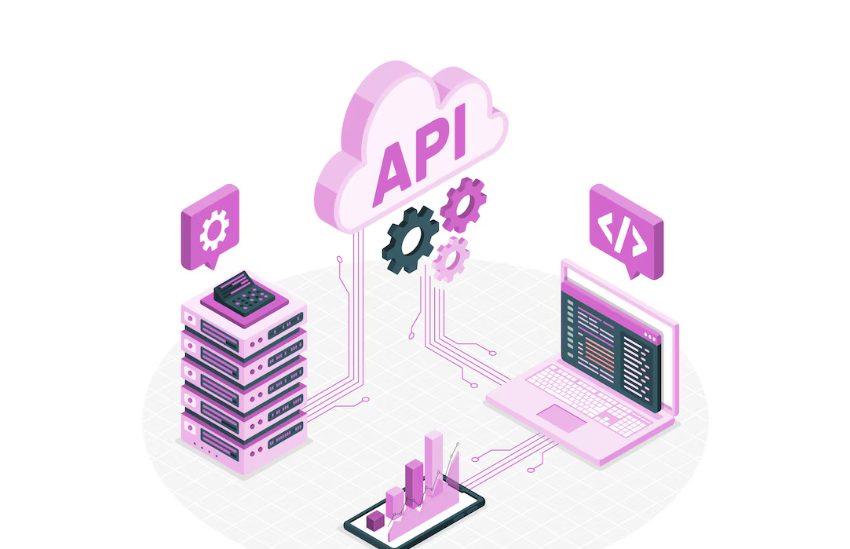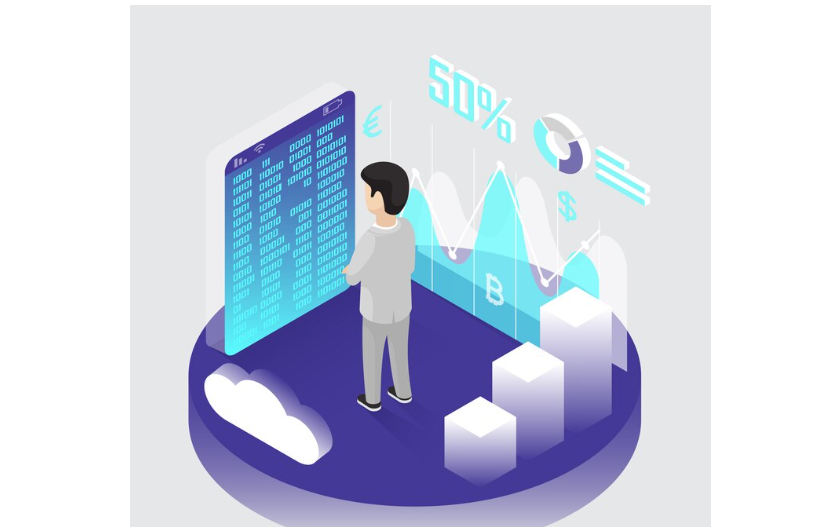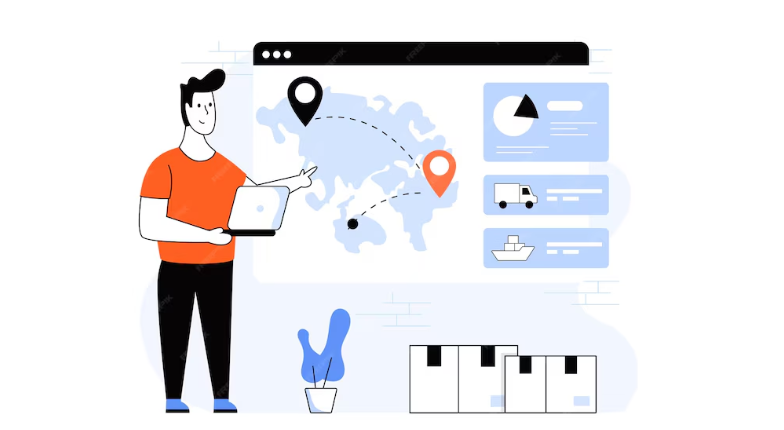In a simple form answer to what is middleware in software solutions is a ‘middleware is software that acts as “software glue” to connect disparate systems by facilitating one or more forms of connectivity or communication between apps or components in a distributed network.
Through clever features that enable connections between systems that were not originally intended to link, middleware expedites application development and shortens the time to market.
- Monitors of transaction processing or message brokers that concentrate on a certain form of communication.
- Web application servers or mobile device middleware offer the entire spectrum of communication and connectivity features required to develop a certain kind of application.
- An enterprise service bus (EBS) or cloud-based integration platform as a service (iPaaS) serves as a centralized integration hub that links every part of a business.
- Middleware that enables programmers to create their own unique middleware.
What Is The Definition Of Middleware?
Software tools known as middleware serve as a bridge between various systems, services, or applications, enabling communication and interaction between them. They guarantee the seamless and effective interchange of requests and data, even when the systems in question are constructed with disparate technology.
Middleware facilitates the integration and management of complex software environments by managing a variety of activities, including data translation, message queuing, authentication, and networking. The middleware acts as a conduit between applications, data, and users.
Application runtimes, cloud services of various types, database middleware, web server middleware, and message-oriented middleware are a few examples.
Authentication, communications, data management, application services, and application programming interface (API) management are all commonly handled by middleware.
How Does Middleware Work?
In its simplest form, middleware enables developers to build applications without having to create a new integration every time they wish to connect to devices, data sources, services, or computing resources.
This is done by providing services that allow different applications and services to communicate with each other through common messaging frameworks, such as web services, extensible markup language (XML), representational state transfer (REST), JavaScript object notation (JSON), and simple object access protocol (SOAP). Generally speaking.
These services enable communication between components written in PHP, Python, Java, and C++, among other languages.
It can carry out authentication tasks by contesting requests for credentials (password and username) or digital certificates generated by front-end applications.
When application demand spikes, enterprise middleware can grow to distribute client requests across multiple servers, either on-site or in the cloud.
What Are The Middleware Components?
What is middleware in software solutions and what are their components? The following are typical middleware architectural elements:
Middleware management console: Developers can see middleware events, actions, configurations, and more using the administration console.
Client interface: The front-end client interface interacts with databases, microservices, and other services as well as back-end applications.
Middleware internal interface: A unique middleware protocol is used by the middleware internal interface to facilitate communication between middleware instances.
Platform interface: The platform interface connects to back-end servers and different operating systems (OSs), ensuring middleware functions across platforms.
Contract manager: The contract manager describes the entire data exchange rules that your applications must follow.
Session manager: Applications and middleware can communicate securely and are not timed out thanks to the session manager.
Database manager: Depending on particular needs, the database manager offers integration with various databases (for example, on-prem or cloud-based data).
Runtime monitor: All middleware data moves are monitored by the runtime monitor, which also gives software developers activity reports.
What Are The Types of Middleware?
Middleware comes in a variety of forms. While some concentrate on particular apps, application components, and devices, others highlight particular forms of connectivity. Now you know the basic idea of what is middleware in software solutions let’s move on to the next part where we are talking about the types of Middleware.
For a particular software development task, some people mix middleware capabilities. The following are some of the most well-known and widely utilized categories of middleware software:
- Message-oriented middleware (MOM)
- Data or database middleware
- Application programming interface (API) middleware
- Object request broker (ORB) middleware
- Remote procedure call (RPC) middleware
- Robotics middleware
- Portal middleware
- Transactional middleware
- Asynchronous data streaming middleware
- Enterprise application integration middleware
Advantages of Middleware
Middleware is also beneficial since it may be used for a wide range of software systems, including distributed objects and components, message-oriented communication, and support for mobile applications.
Middleware enables real-time information access between and among systems in a network.
It makes it easier to simplify processes and boosts organizational effectiveness in businesses.
Because it facilitates system communication, it can maintain information integrity across a wide range of systems on a network.
Disadvantages of Middleware
Due to astronomically high development costs, not many businesses are able to maintain and grow Middleware’s potential. There aren’t many people with actual Middleware experience in the market today.
Since benchmarks for Middleware have not been created, there are relatively few conventional markers for Middleware performance levels.
Most middleware tools are still in their infancy and not yet fully functional.
Nowadays, there are just too many platforms available that Middleware does not support.
Conclusion
Because it facilitates smooth communication and collaboration between many systems and applications, middleware is essential to contemporary software development. It guarantees that diverse components may work together seamlessly even if they are developed on different technologies, streamlines difficult integration procedures, and increases efficiency. Middleware is a crucial tool for developers, IT professionals, and businesses alike since it can significantly improve the functionality and performance of your IT infrastructure when understood and used. Like to add extra points about what is middleware in software solutions use the comment section and share your opinion.




